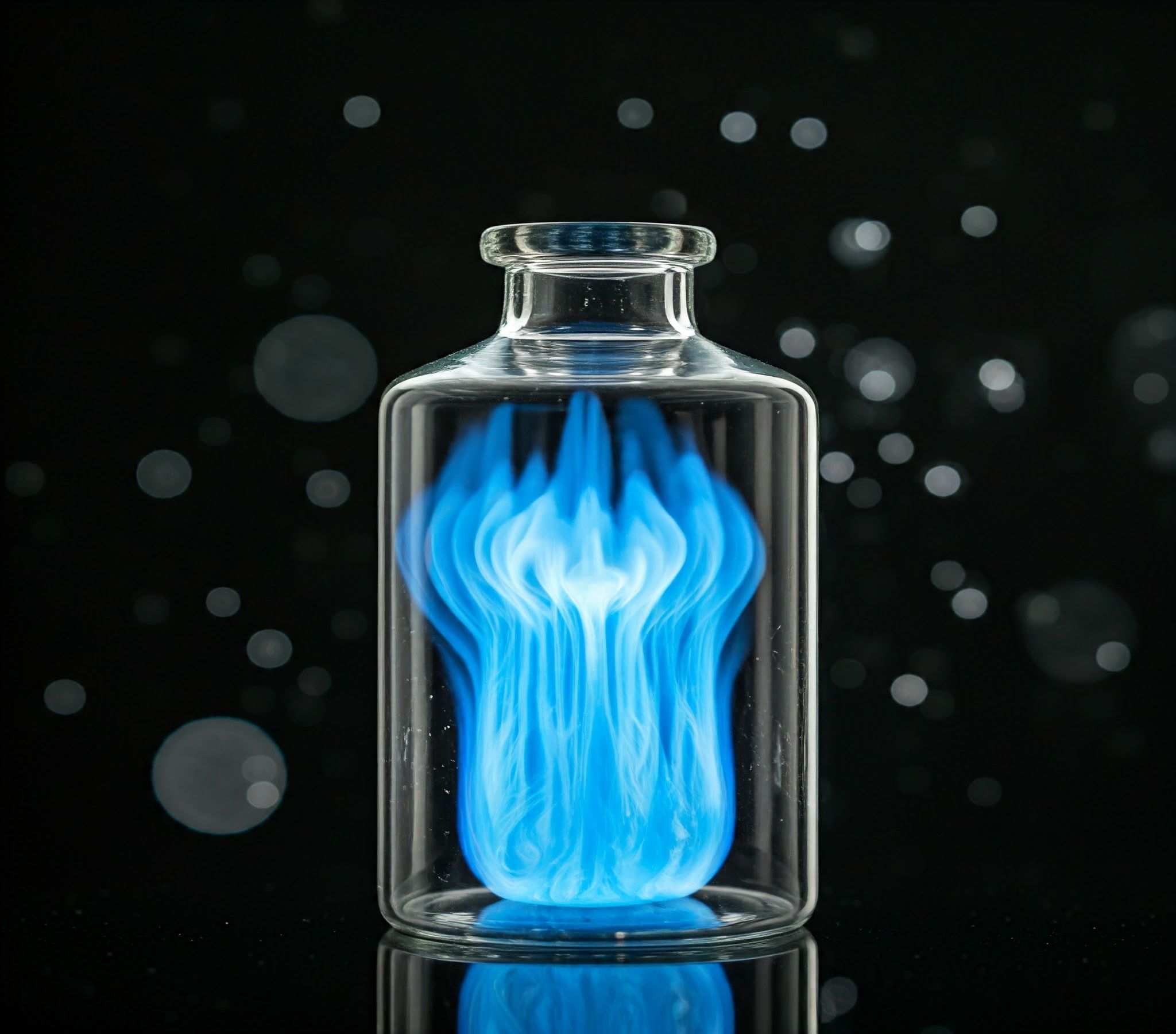
Dinitrogen trioxide might sound like a mouthful, but it's a fascinating chemical compound with some pretty cool facts. Ever wondered what happens when nitrogen and oxygen mix in just the right way? You get this intriguing blue liquid. Dinitrogen trioxide is not something you come across every day, but it plays a crucial role in chemistry. From its unique properties to its various uses, there's a lot to learn. Whether you're a science enthusiast or just curious, these 50 facts will give you a deeper understanding of this compound. Ready to dive into the world of dinitrogen trioxide? Let's get started!
Key Takeaways:
- Dinitrogen trioxide is a blue liquid with unique properties. It's highly reactive, used in dyes, explosives, and pharmaceuticals, but requires careful handling due to its toxicity.
- When studying dinitrogen trioxide, remember it's a paramagnetic compound with a pungent odor. It's involved in the nitrogen cycle and has uses in laboratory research and material science. Always handle it with caution.
What is Dinitrogen Trioxide?
Dinitrogen trioxide is a fascinating chemical compound. It has unique properties and uses that make it an interesting subject for study. Here are some intriguing facts about this compound.
- Dinitrogen trioxide has the chemical formula N₂O₃.
- It is a blue liquid at low temperatures.
- This compound is unstable at room temperature.
- Dinitrogen trioxide is a nitrogen oxide.
- It forms when nitric oxide (NO) and nitrogen dioxide (NO₂) combine.
- The compound is paramagnetic, meaning it has unpaired electrons.
- It has a molecular weight of 76.01 g/mol.
- Dinitrogen trioxide is highly reactive.
- It can act as an oxidizing agent.
- This compound is toxic and should be handled with care.
Physical Properties of Dinitrogen Trioxide
Understanding the physical properties of dinitrogen trioxide helps in grasping its behavior and uses. Here are some key physical characteristics.
- Dinitrogen trioxide has a melting point of -100.7°C.
- It boils at -3.5°C.
- The compound is soluble in water.
- It forms a blue solution when dissolved in water.
- Dinitrogen trioxide is denser than air.
- It has a density of 1.4 g/cm³.
- The compound is non-flammable.
- It has a pungent odor.
- Dinitrogen trioxide is colorless in its gaseous state.
- It can form crystals at very low temperatures.
Chemical Properties of Dinitrogen Trioxide
The chemical properties of dinitrogen trioxide reveal its reactivity and potential applications. Here are some notable chemical traits.
- Dinitrogen trioxide can decompose into nitric oxide and nitrogen dioxide.
- It reacts with water to form nitrous acid (HNO₂).
- The compound can act as a Lewis acid.
- It can participate in redox reactions.
- Dinitrogen trioxide is involved in the nitrogen cycle.
- It can react with alkalis to form nitrites.
- The compound can be used in chemical synthesis.
- It can form complexes with metals.
- Dinitrogen trioxide can react with organic compounds.
- It is often used in laboratory research.
Uses of Dinitrogen Trioxide
Dinitrogen trioxide has various applications in different fields. Here are some of its uses.
- It is used in the manufacture of dyes.
- The compound is employed in explosives production.
- It is used in pharmaceuticals.
- Dinitrogen trioxide is a reagent in chemical reactions.
- It is used in analytical chemistry.
- The compound can be used in environmental studies.
- It is involved in atmospheric chemistry.
- Dinitrogen trioxide is used in material science.
- It can be used in biological research.
- The compound is used in industrial processes.
Safety and Handling of Dinitrogen Trioxide
Handling dinitrogen trioxide requires caution due to its toxic nature. Here are some safety tips and handling procedures.
- Always use protective gear when handling the compound.
- Work in a well-ventilated area.
- Store dinitrogen trioxide in cool, dry places.
- Avoid inhalation of its vapors.
- In case of contact with skin, wash immediately with water.
- Use proper containers to prevent leaks.
- Keep it away from flammable materials.
- Dispose of dinitrogen trioxide according to regulations.
- Be aware of its reactivity with other chemicals.
- Always have a safety plan in place when working with this compound.
Final Thoughts on Dinitrogen Trioxide
Dinitrogen trioxide, a fascinating compound, plays a crucial role in various chemical reactions. Its unique properties, such as being a blue liquid at low temperatures and decomposing into nitrogen dioxide and nitric oxide, make it an interesting subject for study. Understanding its behavior helps scientists develop better industrial processes and environmental solutions.
This compound's reactivity with water, forming nitrous acid, showcases its importance in atmospheric chemistry. Moreover, its applications in the production of fertilizers and explosives highlight its industrial significance.
By exploring these 50 facts, you've gained a deeper appreciation for dinitrogen trioxide's role in both nature and industry. Keep these insights in mind as you encounter this compound in your studies or work. Knowledge about such chemicals not only broadens your scientific understanding but also enhances your ability to make informed decisions in related fields.
Frequently Asked Questions
Was this page helpful?
Our commitment to delivering trustworthy and engaging content is at the heart of what we do. Each fact on our site is contributed by real users like you, bringing a wealth of diverse insights and information. To ensure the highest standards of accuracy and reliability, our dedicated editors meticulously review each submission. This process guarantees that the facts we share are not only fascinating but also credible. Trust in our commitment to quality and authenticity as you explore and learn with us.
